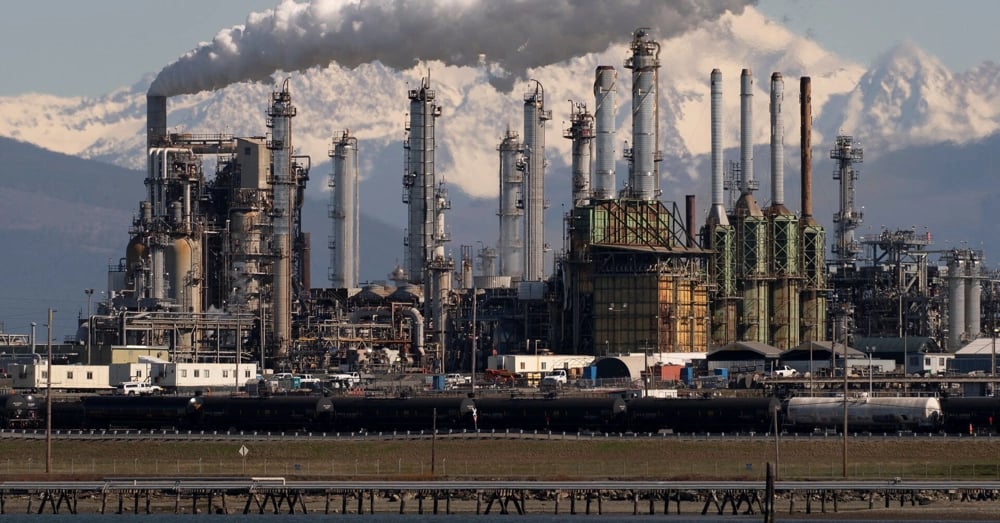Gold Futures Decline Amid Strengthening U.S. Dollar: Market Update
On Tuesday, gold futures prices fell during the U.S. trading session on the New York Mercantile Exchange’s COMEX division. August delivery contracts dropped to $3,377.05 per troy ounce, reflecting a decline of 0.59% from the previous close. This downturn highlights the ongoing pressure on the precious metals market, primarily driven by the strengthening U.S. dollar.
Technical Support and Resistance Levels Define Trading Range
During the session, gold prices found crucial technical support near $3,269.10 per troy ounce, which marked the day’s low. On the upside, resistance was observed at $3,417.45, establishing the current trading boundaries. These support and resistance levels are key indicators for traders anticipating near-term price fluctuations in the gold market.
Key Levels for Gold Trading
Support level: $3,269.10 per troy ounce
Resistance level: $3,417.45 per troy ounce

U.S. Dollar Strength Pressures Gold Prices
The U.S. Dollar Index rose by 0.57% to 99.20, reinforcing the dollar’s recent strength against major currencies. A stronger dollar generally creates downward pressure on gold prices. This is because gold becomes more expensive in other currencies, reducing its attractiveness as a safe haven asset.
The inverse relationship between the U.S. dollar strength and gold futures decline remains a central theme in current commodity market analysis.
Mixed Movements in COMEX-Traded Metals: Silver and Copper
Besides gold, other metals traded on COMEX showed varied price actions during the session:
COMEX Metals Price Changes
Silver July futures fell 0.08% to $34.72 per troy ounce
Copper July contracts rose 0.04% to $4.86 per pound
These contrasting movements illustrate a mixed metals market, where gold and silver faced selling pressure, while copper maintained slight gains, reflecting distinct supply-demand dynamics.

Summary and Market Outlook
Tuesday’s session reaffirmed the inverse correlation between the U.S. dollar’s strength and precious metals prices, with gold notably impacted. The established technical support and resistance zones will guide traders’ expectations for near-term price action.
Meanwhile, the divergent trends in silver and copper prices underline the complex factors shaping the broader commodity sector, including macroeconomic data, currency shifts, and geopolitical tensions.
The precious metals market remains volatile as it adjusts to these external influences, underscoring the importance of monitoring both currency movements and technical indicators for informed trading decisions.















Comments
Forward-looking capital strategies are setting the stage for transformative advancements across emerging tech fields
Seems like the rising strength of the U.S. dollar is shaking up even the most trusted safe havens.
The strong dollar continues to keep gold prices on a shaky path this week.